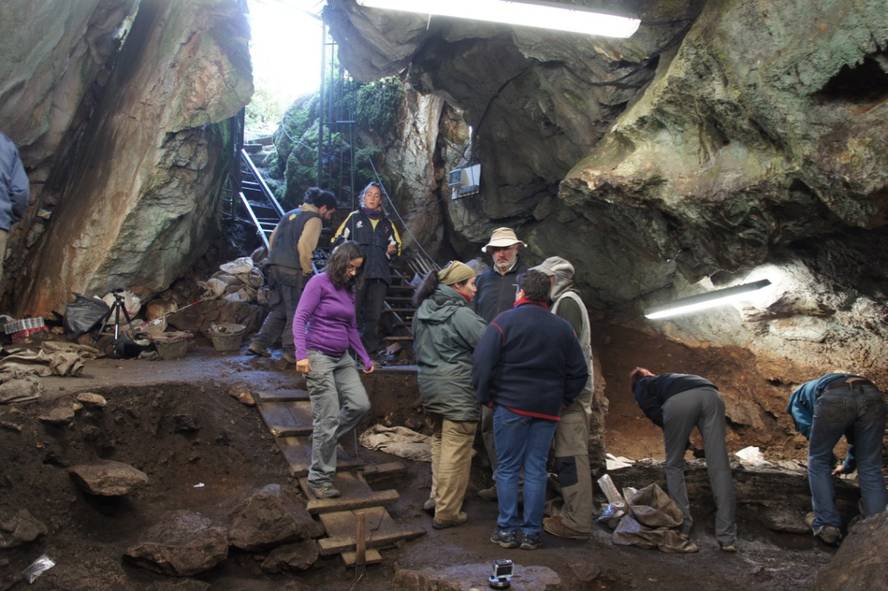European hunters and farmers from the Middle East crossed in the Neolithic for 3,000 years
Agriculture was born in the Middle East about 10,000 years ago and then spread throughout Europe. A work published by Natura reveals that during this process of neolitization in Europe the European hunters mixed again and again with those peasants coming from the Middle East. Research so far revealed that European Neolithic men were direct descendants of these peasants from Anatolia and that they hardly mixed with hunter-gatherers found here. However, the latest research has shown that for 3,000 years they crossed.
The research has been led by Harvard Medical School in Boston. BC. 6,000 and B.C. 180 individuals aged 2,200 years from Hungary, Germany, Spain and the Basque Country were analyzed. He has requested the collaboration of international researchers such as Javier Fernández Eraso and J. from the University of the Basque Country. Antonio Mujika Alustiza, of archaeologists who have researched, among others, the archaeological site of the dolmen of Huesera in Laguardia (Álava).
In order to analyze how genetic flows were modified in the European population, the study has combined ancient DNA with mathematical modeling. Thanks to mathematical models they realized that the arrival of the peasants left different genetic marks in areas. This could therefore demonstrate that these modifications come from complex networks of local interactions and not from uniform phenomena of the whole population. The authors highlighted the value of this vision, which could serve to illustrate how historical populations changed in time and space.






